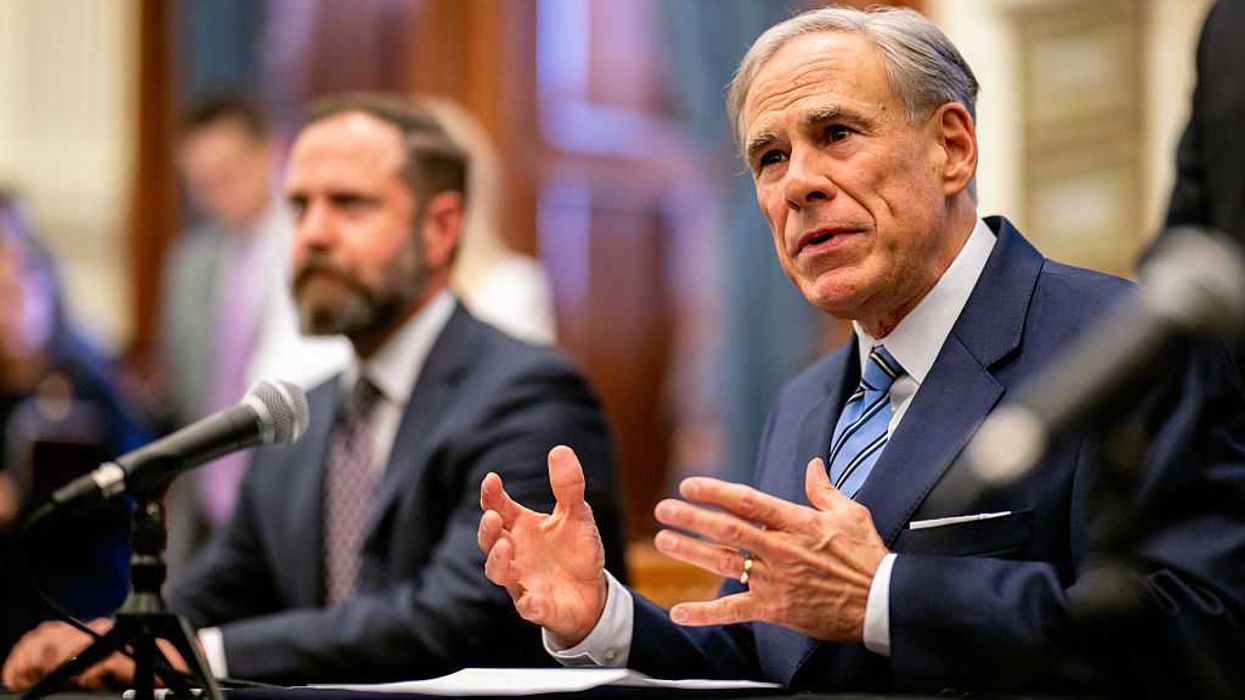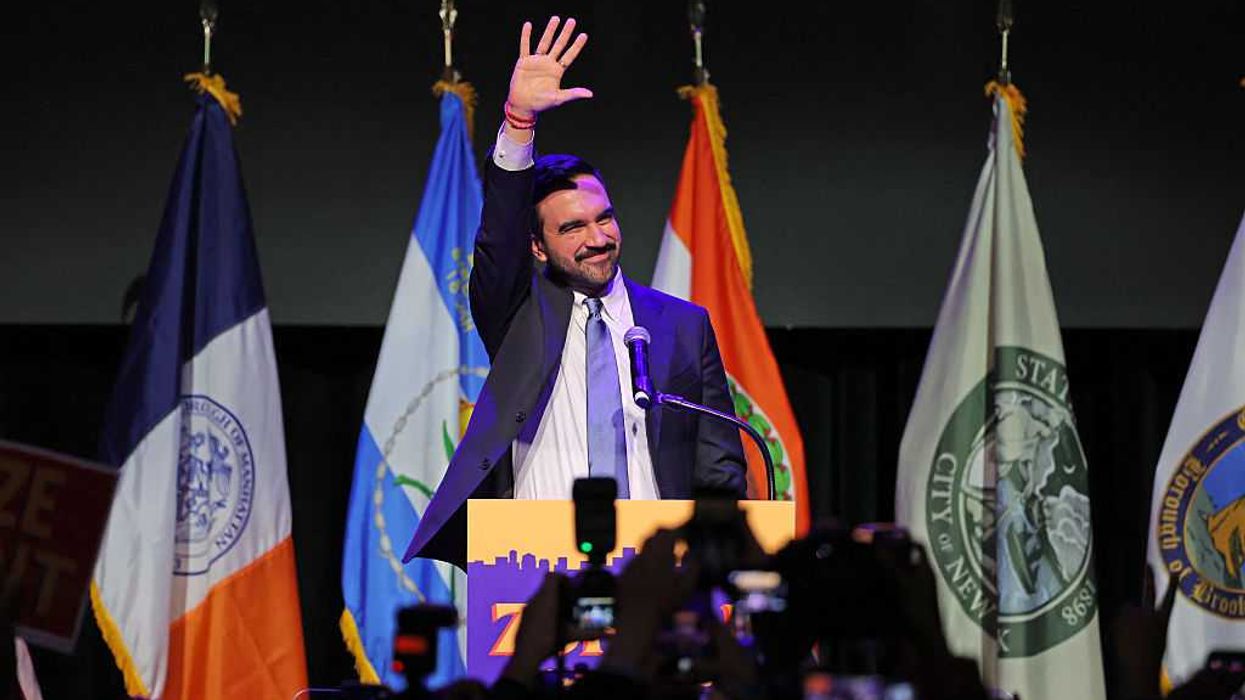TheBlaze reported on the powerful letter by Heather Barwick, a woman who was raised by two lesbian mothers but is now an ardent supporter of traditional marriage. In the letter, she expresses zero hate or animosity, but simply a recognition of how important it is to be raised by two parents - a mother and a father. The letter is powerful enough on its own, but it stirred a deep, emotional response from Glenn as he reflected on his own childhood and the role impact two generations of divorce has had on his family kids.
Barwick writes (via The Federalist):
Growing up, and even into my 20s, I supported and advocated for gay marriage. It’s only with some time and distance from my childhood that I’m able to reflect on my experiences and recognize the long-term consequences that same-sex parenting had on me. And it’s only now, as I watch my children loving and being loved by their father each day, that I can see the beauty and wisdom in traditional marriage and parenting.
Same-sex marriage and parenting withholds either a mother or father from a child while telling him or her that it doesn’t matter. That it’s all the same. But it’s not. A lot of us, a lot of your kids, are hurting. My father’s absence created a huge hole in me, and I ached every day for a dad. I loved my mom’s partner, but another mom could never have replaced the father I lost.
Read the full letter HERE
"What a profoundly brave letter," Glenn said.
"I really despise the girl power thing," Glenn said in reflection. "Just like I would despise manpower. Yeah, we're men. 'We don't need any women.' First of all, that's a lie. Any guy who says that is lying."
"We need each other. And our children need both of us. We're different. We bring different things to the table," he said. "You may choose and say, 'I don't need a man.' Or 'I don't need a woman, I have him.' But that's not the choice your children are making, and that's a sexual choice, that's not a parental choice. Your children have the need for the biological other partner."
To further his point, Glenn talked about his parents' divorce and how the lack of both a mother and parent impacted him. The pattern repeated itself when he divorced his first wife and his two oldest children didn't see their father on a regular basis.
"It created a hole. I know their mother is important to them. And I didn't want to create that hole in them. So I talk about it. I knew there was a need in my children to hear about their mother. I knew there was a need to hear about that there were good times. And it was good. And I appreciate [their mother] and, you know, all of that. You have to recognize that."
"I went through this as a kid. My stepmother would not allow me to talk about my mother at all. None of us could talk about it. So my mom dies, I move in with my stepmother, and we're no longer allowed to address my dead mother, who had just died."
"So there was, like, no grieving. There was nothing. And it was just like this big elephant in the room."
"If you're a gay couple, listen to the children of gay couples. Listen to them. What they're saying is, 'I needed a dad. I needed a mom. You may not have, and I love you, but I needed it.'"
"It's not about me. It's not about my ego and my fear. Here's my fear with Raphe. This is Tania's fear that some day he'll say, I just want to -- I want to meet them and I like them better. And you are my parents. That's ridiculous. That's ridiculous. That's a stupid fear. It's a stupid fear. But that's the way people are."
"You have to be more secure in yourself to know, I'm a good parent. I'm a loving parent. And my children will figure it out. In the end, my children will figure it out. And so, I'm not afraid of saying, 'you need a dad, don't you? You miss your dad. You miss your mom. I know. I know.' I loved my dad. I loved my mom."
"Even if you didn't. I had a bad childhood. But, boy, I remember this dad that lived down the street. And he was the best. And I used to dream that he was my dad. You have to be able to relate to your children in that way. They are not you."
"I don't know if it has as much to do with gay marriage as it has to do with us just being confident enough in ourselves and our own abilities to be able to see the pain and the hole in our children that all of us, gay or straight, cause. By me getting a divorce and me leaving my children, I created a gigantic hole. My children are scarred from it, period. They're scarred from it. I was scarred from the divorce in my family, period."
"Was it the right thing to do? Am I happier now? Are things better because of it? Maybe. But not necessarily for my children. My older children were scarred by it. Whose fault is that? Well, it's nobody's fault. Yes, it is. It's mine and their mother's. That's whose fault it is. Now, what are we going to do about it? We're going to do the best we can by recognizing the hole that we have created in our children. Will we ever be able to make up for it? Probably not, but we can at least recognize it."

 Brandon Bell / Staff | Getty Images
Brandon Bell / Staff | Getty Images
 Europa Press News / Contributor | Getty Images
Europa Press News / Contributor | Getty Images ANGELA WEISS / Contributor | Getty Images
ANGELA WEISS / Contributor | Getty Images Eric Lee / Stringer | Getty Images
Eric Lee / Stringer | Getty Images